The Power of Color: How It Influences Our Perceptions
Color is one of the most powerful factors influencing how we perceive food and how products are marketed. It’s no accident that restaurants choose specific colors for branding or that certain food colors are more appealing than others. You may even look at a food and instantly predict how it will taste based solely on its appearance. Think about it—are there foods you avoid because of their color, or others you’re drawn to because they "look" like they’ll taste a certain way?
I remember when Burger King introduced green and purple ketchup. As a kid, I was completely turned off—I just wanted red ketchup. My brain associated ketchup with tomatoes, which are red, and anything outside that norm felt wrong. Studies show that color significantly shapes our expectations, enjoyment, and even rejection of food.
In the food industry, color connects with us emotionally and influences our behaviors in subtle but meaningful ways. Let’s look at how this plays out with specific colors:
Red: The Color of Appetite Stimulation
Red is known to stimulate appetite, energy, and passion. That’s why brands like McDonald’s and Coca-Cola use it—it sparks a sense of urgency and satisfaction. When you’re hungry and spot a red sign, you're more likely to gravitate toward it.
Red and its variations, like pink, are also associated with sweetness. Think of the pastel pinks and reds in cupcake shops or ice cream parlors. Bright colors enhance the visual appeal and the anticipation of sweetness. Naturally red foods like strawberries, watermelon, and cherries reinforce this connection with their naturally sweet flavors.
Blue: The Color of Appetite Suppression
Blue is associated with calm, peace, and relaxation. Restaurants using blue tend to create quieter, more laid-back environments—like a cozy breakfast café or a chill coffee shop. It’s also a color used in kitchens or dining rooms to establish a serene atmosphere.
Blue foods are relatively rare in nature, aside from blueberries and a few artificially colored products. Because of this, many people don’t associate blue with food—and may even find it unappetizing. Kids might enjoy the novelty of blue-colored drinks or candies that stain the tongue, but for most adults, it's less appealing.
Green: The Color of Health and Freshness
Green is strongly associated with health, freshness, and nature. Think leafy greens, broccoli, green beans, kiwi, and green apples. These foods signal vitality and wellness—and when we eat them, especially in natural settings, we tend to feel healthier.
That said, green can also carry negative associations. As a child, I often found green foods bitter and uninviting. New green vegetables were immediately suspect—likely to taste like the bitter greens I already disliked. In some cases, green can even signal spoilage, such as moldy bread or discolored meat, making us instinctively cautious.
Beyond the Basics: Other Colors and Their Influence
Yellow and Optimism: A Sense of Joy
Yellow is a cheerful, energizing color that evokes comfort and happiness. Foods like bananas, citrus fruits, and macaroni and cheese fall into this category. Yellow is also used in playful, family-oriented restaurant spaces or fiesta-themed eateries. The brightness of yellow makes it an instant mood-lifter.
Orange and Enthusiasm: A Spark of Energy
Orange combines the cheer of yellow with the warmth of red. It creates a feeling of positivity and excitement. Visually, orange foods like carrots, sweet potatoes, and squash add vibrant contrast to a plate and can spark interest in trying something new.
Purple and Luxury: A Touch of Indulgence
Purple has long been linked to royalty, elegance, and indulgence. Upscale restaurants may use purple tones—lavender lighting, velvet accents—to suggest sophistication. The same goes for purple foods like eggplant, plums, and beets. These items often appear in gourmet settings, adding both color and an air of refinement.
Applying Color Psychology to Healthy Eating
So, what does this mean for you—especially if you live with IBS, acid reflux, or another digestive condition? Creating a calm, inviting eating environment is key. Consider incorporating soothing colors like blues and purples into your space to make mealtimes less stressful. Bright, intense colors such as red and yellow may trigger excitement or anxiety, which isn't always helpful when managing symptoms.
Most importantly, aim to eat a wide variety of colorful foods. This not only makes meals more appealing but also supports better health. Different colors in fruits and vegetables often represent different nutrients and phytochemicals, each offering unique health benefits. By embracing diversity on your plate, you give your body a broader range of vitamins, minerals, antioxidants, and fiber—all of which help prevent chronic disease.
Try to step out of your comfort zone. If new foods feel intimidating, experiment one small portion at a time—maybe one new item per week. Track how your body responds and adjust accordingly. And remember: a colorful, balanced diet doesn’t just feed your body—it nurtures your overall well-being.
-
Romeh, R. M., Elhawary, D. M., Maghraby, T. M., Elhag, A. E., & Hassabo, A. G. (2024). Psychology of the color of advertising in marketing and consumer psychology. Journal of Textiles, Coloration and Polymer Science, 21(2), 427–434. https://doi.org/10.21608/jtcps.2024.259025.1272
-
Spence, C. (2016). Color–flavor interactions: Past experiences and present findings. In H. Moskowitz, A. Saguy, & T. Strauss (Eds.), An integrated approach to new food product development (pp. 3–22). Woodhead Publishing. https://doi.org/10.1016/B978-0-08-100371-8.00002-6
-
Spence, C. (2015). On the psychological impact of food colour. Flavour, 4(21), 1–16. https://doi.org/10.1186/s13411-015-0031-3



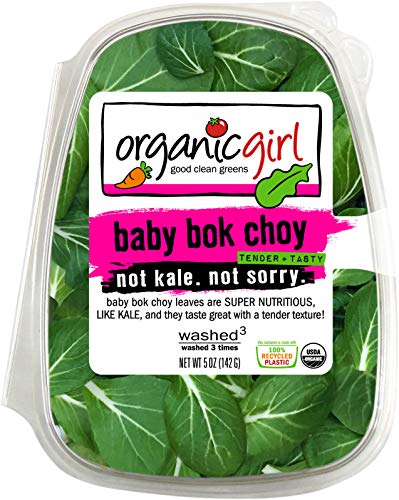

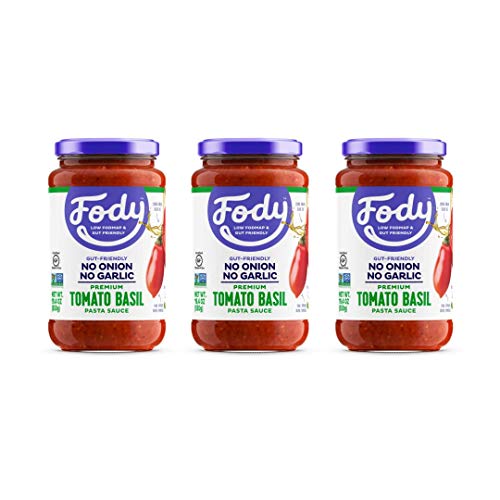
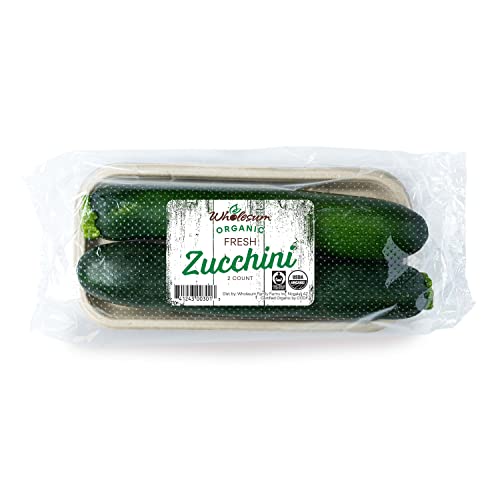

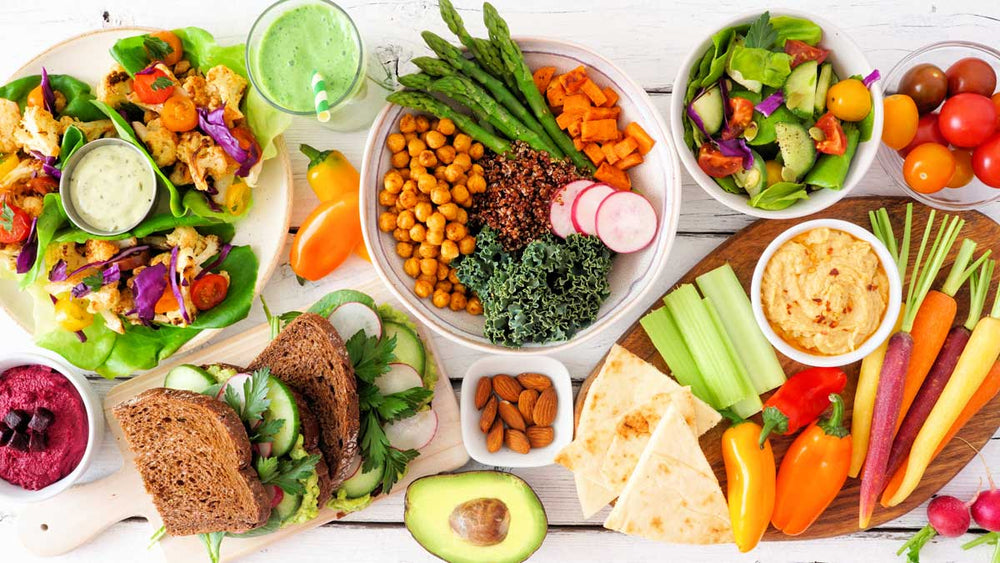

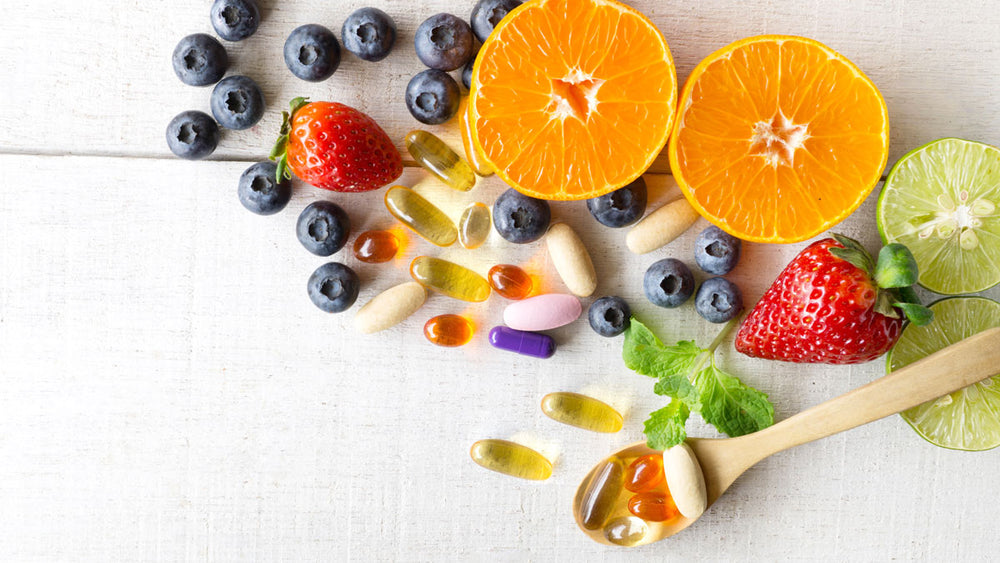


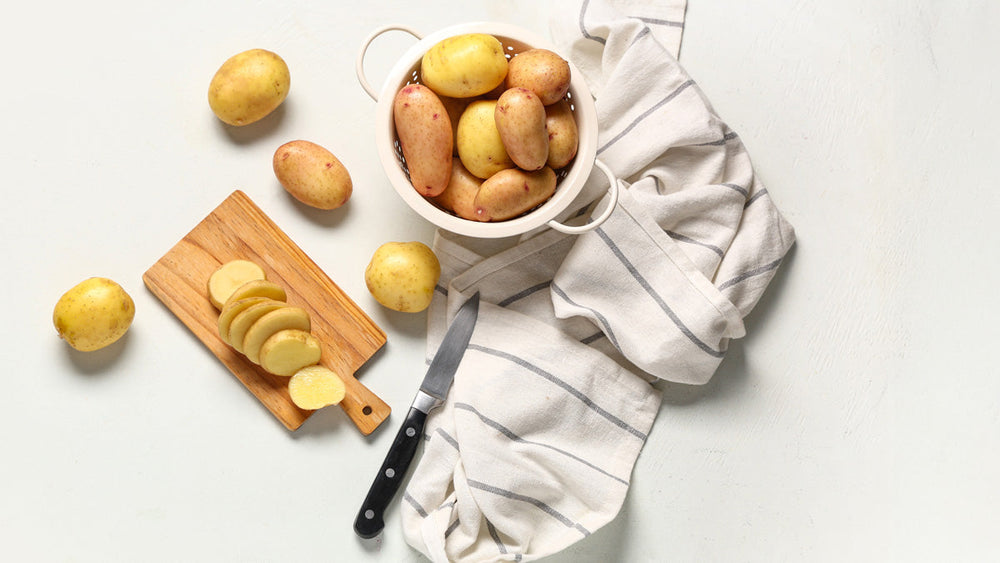


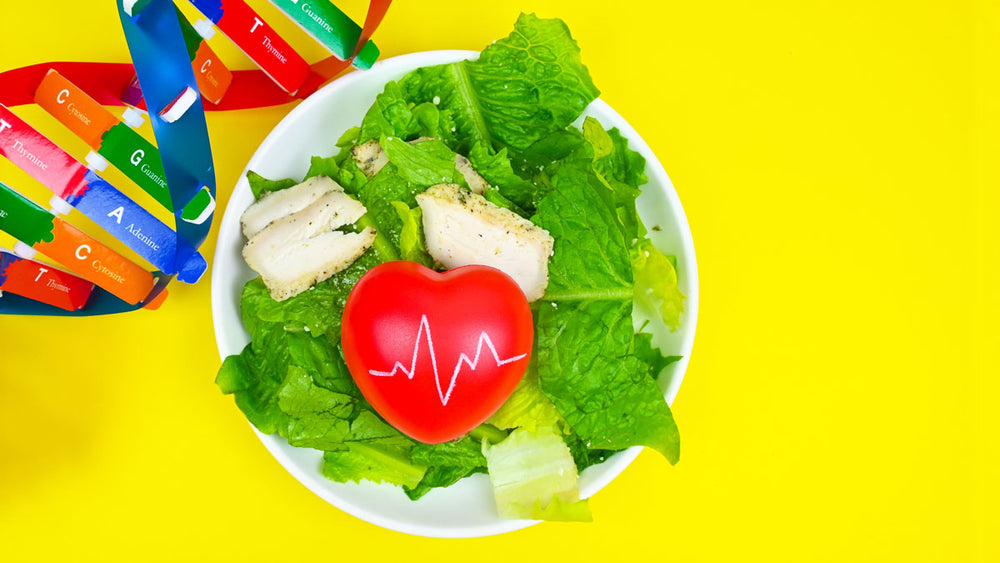

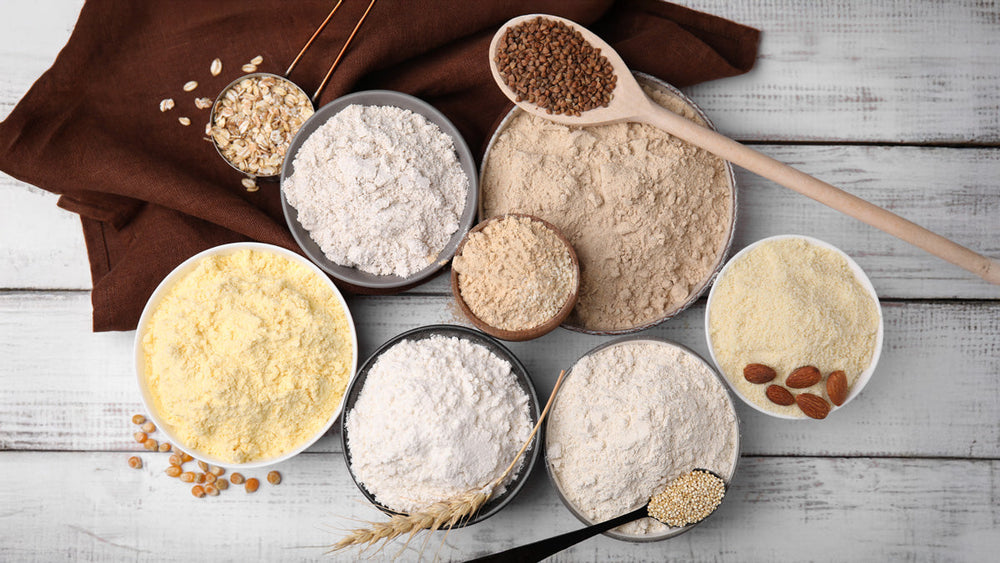
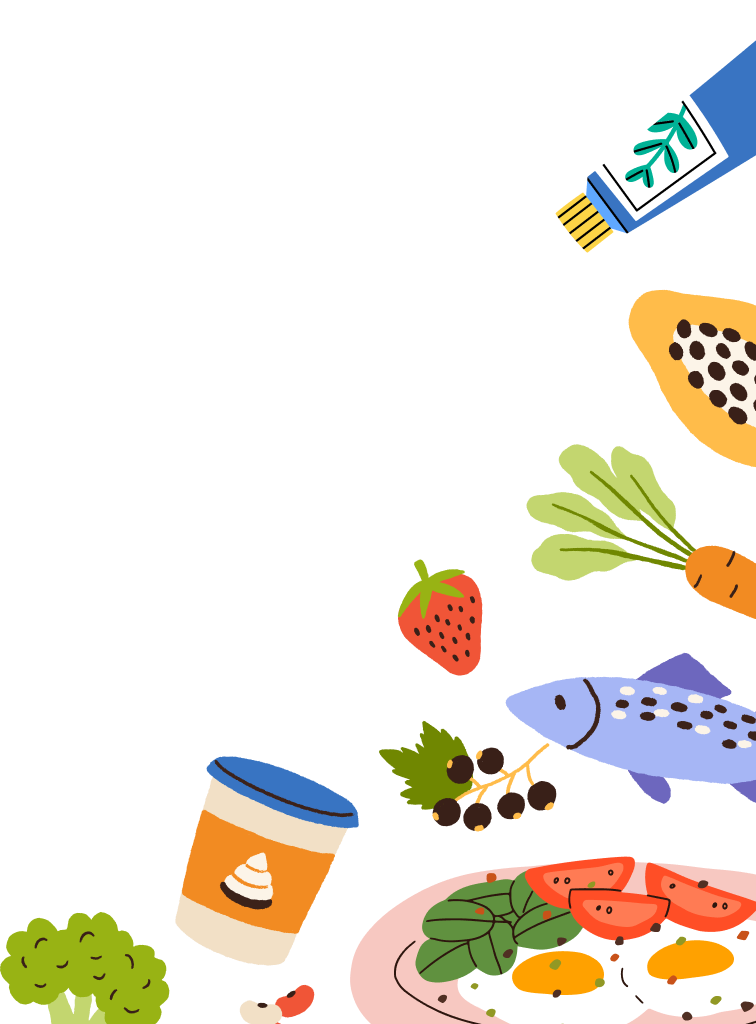
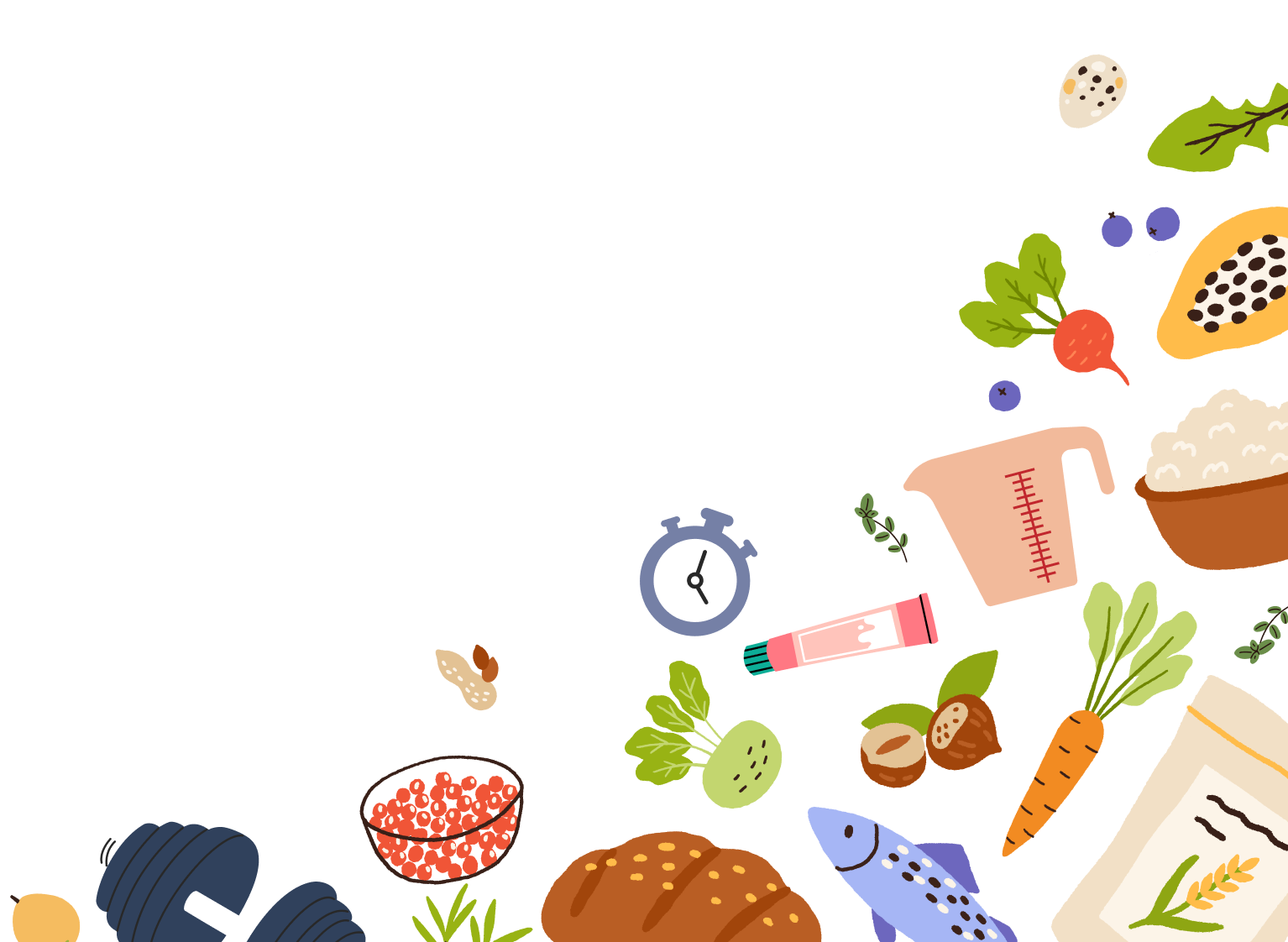
Comments
Join The Conversation...